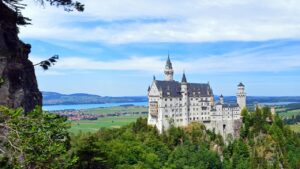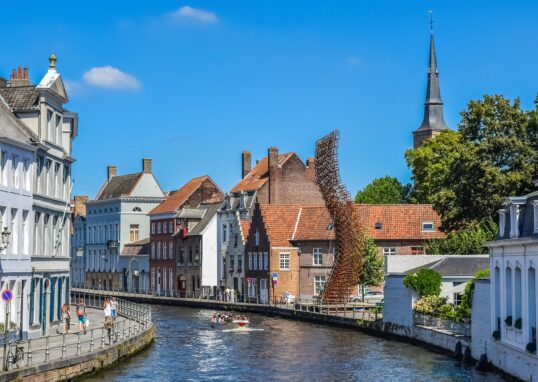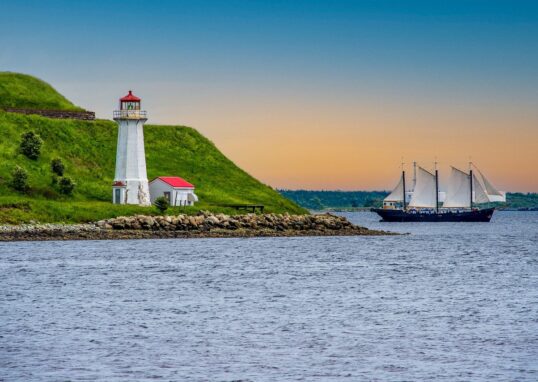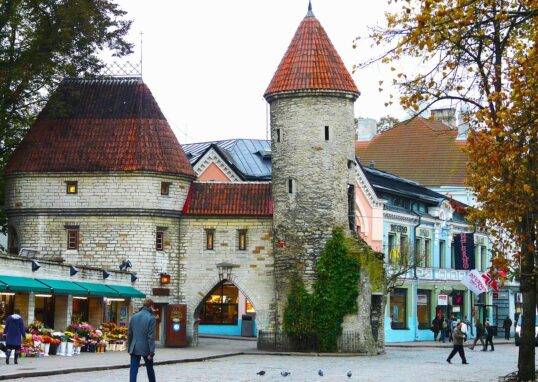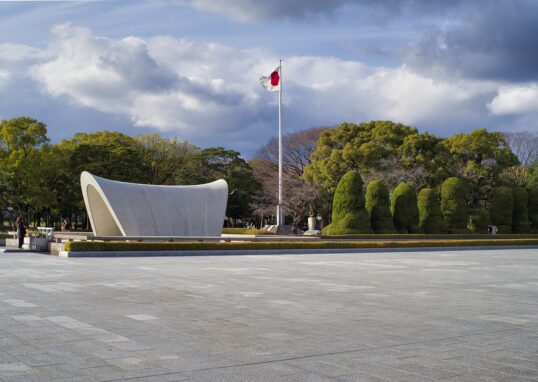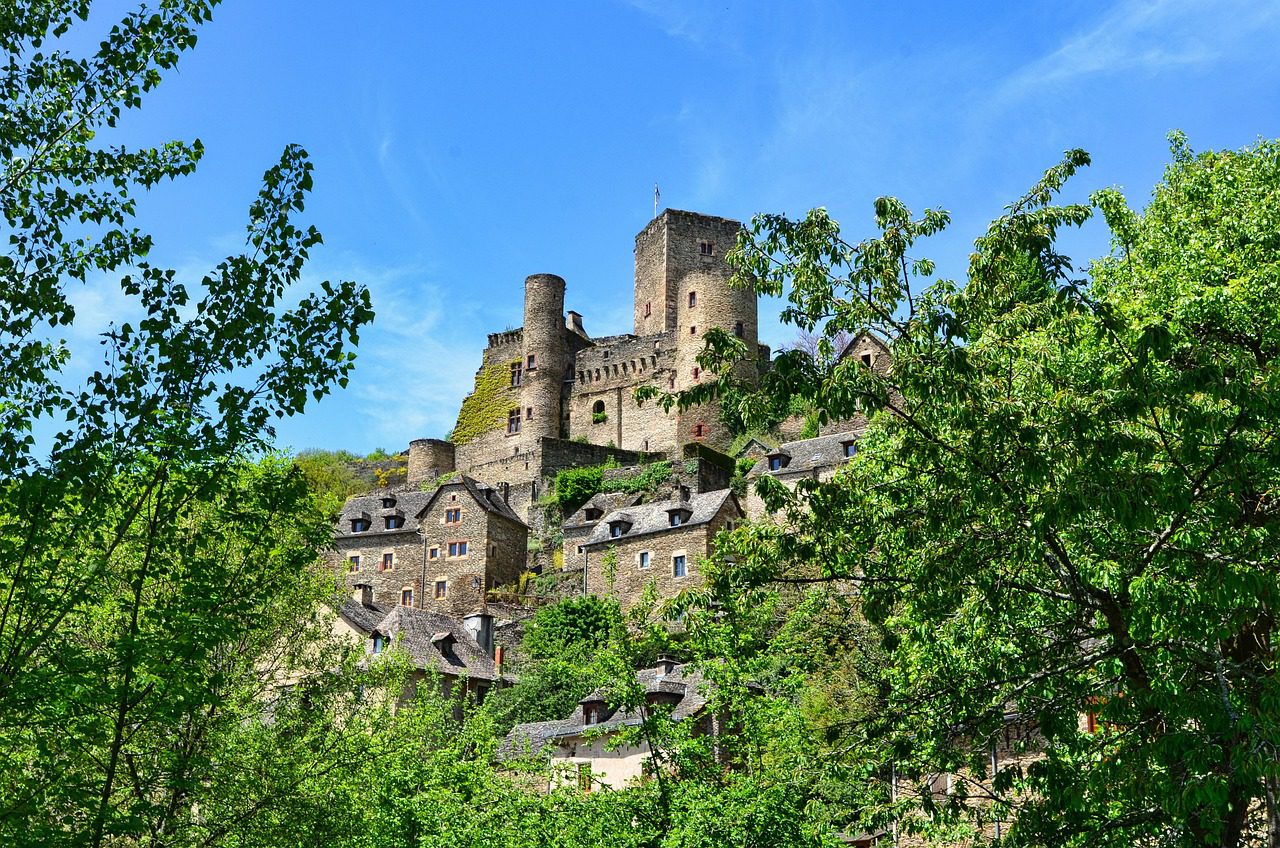
🏰 Castle and Old Town of Quedlinburg: A Timeless German Treasure
Quedlinburg is a small town in central Germany. It sits in the northern foothills of the Harz Mountains, in the state of Saxony-Anhalt. The town is one of the most beautiful medieval cities in Europe. It is famous for its castle hill, Romanesque church, and well-preserved old town. The Castle and Old Town of Quedlinburg together form a UNESCO World Heritage Site. They were officially listed in 1994. This honor was given because the town still shows more than 1,300 half-timbered houses, many dating back over 600 years. As you walk through its narrow lanes, you feel like you are stepping back into history. Every street tells a story. Every house whispers about kings, abbesses, and craftsmen who once lived here. 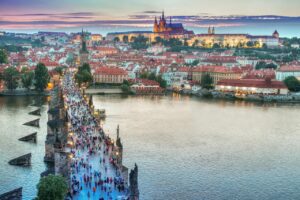
Brief History of Quedlinburg
In order to learn about Quedlinburg, we have to look back in history. Around the year 922 AD, King Henry I the Fowler established a fortress here. He chose this location because it was atop a hill, easily defendable, and close to major trade routes. Henry I went on to become the first German king of the Saxon dynasty. He was crowned King of the Germans in 919. When he passed away, his wife Queen Mathilde founded a convent in his memory. The convent was built on the castle hill, or Schlossberg, and was converted into a center of religion and culture. Quedlinburg was for centuries governed by abbesses, nobly born women who led the convent. The abbesses were extremely influential. They ruled the town, imposed taxes, and patronized art, religion, and learning. Quedlinburg was rich during the Middle Ages due to trade and crafts. It was a center of merchants and craftsmen. The wealth of the town allowed citizens to build beautiful half-timbered houses, which still exist today. Even during the wars and political unrests, Quedlinburg managed to preserve its beauty. Quedlinburg was not greatly destroyed during World War II, therefore preserving its medieval character.
The Castle Hill (Schlossberg)
The hill of the castle is the center of Quedlinburg. It lies over the town and can be seen from almost everywhere. When you climb up, you have a view for miles. Red roofs lie below you, surrounded by green hills and open sky. At the summit of the hill stands Collegiate Church of St. Servatius (Stiftskirche St. Servatii). It is one of the most well-preserved Romanesque buildings in Germany. It was built between 1070 and 1129. The church has heavy masonry construction, round arches, and double towers. Inside the church is the crypt, in which King Henry I and Queen Mathilde are interred. Their graves are among Germany’s oldest royal tombs. The crypt itself is dark, still, and full of history. Most visitors say it is sacred. Next to the church is the Quedlinburg Castle Museum. The museum focuses on medieval artifacts. You get to see medieval weapons, jewelry, and ancient manuscripts. The museum also tells the story of the abbey and the powerful women who ruled it. While walking on the castle hill, you get to see ancient walls, cobblestone paths, and painted views. It is the perfect place for introspective peace.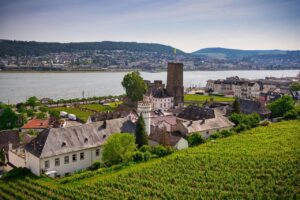
The Collegiate Church of St. Servatius
Particular mention must be reserved for this church. It is the most important Romanesque church in Europe. Its style is plain but royal. The two towers stare down at the old city like silent sentinels. Inside are stone columns, round arches, and slanting windows. The atmosphere is serene and timeless. When sunlight pours through the windows, it gives a golden touch to the stone walls. The oldest part of the crypt is underneath the church. It dates back to the 10th century. King Henry I and Queen Mathilde lie here. They make the church historically important. The church also has the Quedlinburg Treasure, which is a famous collection of medieval religious works of art. The treasure contains ivory carvings, silver and gold crosses, and manuscripts. These treasures were hidden throughout World War II but have been discovered ever since. They are now displayed with much caution.
The Old Town (Altstadt)
Under the hill of the castle is the Old Town of Quedlinburg. It is a maze of cobblestone streets and half-timbered homes. More than 1,300 of them still exist. They represent the growth of the town from the Middle Ages to the 19th century. Each of the houses is different in appearance and history. Some are modest and unadorned. Some are tall and elaborately constructed with intricately carved wooden beams and brightly colored ornaments. Together, they create a beautiful work of color and texture. The Town Hall (Rathaus) of the 14th century is situated in the center of the old town, the Market Square (Marktplatz). Its ivy-covered stone facade is accompanied by a statue of Roland, the symbol of liberty. Cafes and boutiques with local handicrafts surround the square. Freshly baked bread and roasted coffee fill the air. You can sit at an outside table and observe the world at a leisurely pace. Wandering through the Old Town is a treat. Narrow streets like Hokenstraße and Wordgasse lead you through homes centuries old. Plaques on some buildings give the year they were built. Some go as far back as the 1300s. 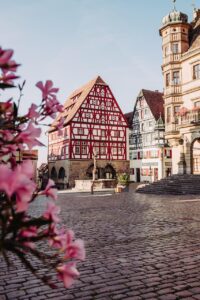
The New Town (Neustadt)
Quedlinburg has a New Town, too, which developed in the 12th century. It is not so “new” anymore — it also has medieval roots. The streets are broader, but the same half-timbered construction is present. This part of the town was built as Quedlinburg developed. It shows the way the city developed while holding on to its character. It is easy to walk from the Old Town to the New Town — through layers of history.
Architecture of Quedlinburg
It is town’s architecture that makes it special. These half-timbered houses are pieces of art. The wooden frame forms patterns of triangles and crosses. Plaster or brick fills the spaces between beams. Every era left its mark. In the 14th and 15th centuries, houses were small and austere. In the 16th and 17th centuries, houses were larger and ornate. Later eras saw the influence of Baroque and Renaissance bring curves and molding. In spite of all the differences, the entire town appears to be harmonious. Buildings conform to the contours of the land and the bend of the streets. Roofs are predominantly red, producing a warm light, particularly in the setting sun. Architectural conservation has been extremely crucial. Following reunification in 1990, numerous houses were restored with great care. Today, Quedlinburg is one of Germany’s best-preserved medieval towns.
Local Life and Culture
Quedlinburg is not only a museum town. It is a living town. There are about 25,000 residents. They reside, work, study, and maintain traditions that go centuries back. There are town squares with markets. The local farmers market fruits, vegetables, cheese, and honey. The artisans offer handmade merchandise and souvenirs. The town also hosts cultural events throughout the year. The Quedlinburg Music Summer Festival fills courtyards and churches with classical music. During the Christmas Market, the town is a fairytale world with lights, carols, and hot beverages. Regional cuisine is hearty and mouth-watering. You can have Bratwurst, potato pancakes, or regional pastries with nuts and honey. Local produce are served in most restaurants and regional beers or wines are recommended.
Museums and Galleries
Other than the Castle Museum, other museums can be visited:
- Fachwerkmuseum im Ständerbau: This museum is situated in one of the oldest half-timbered houses. It illustrates how the houses were built. You can see the wooden beams and medieval builders’ equipment.
- Lyonel Feininger Gallery: Dedicated to the artist Lyonel Feininger, who was a fan of Quedlinburg and painted it regularly. The gallery features his works as well as those of modern artists.
- Klopstock House: Birthplace of Friedrich Gottlieb Klopstock, famous German poet. The house is now a museum showing his life and writings. These museums remind you of the art and culture of Quedlinburg.
Surrounding Places to Visit
Quedlinburg is surrounded by beautiful scenery and small towns. They are within reach within a day.
Harz Mountains
The Harz Mountains are just around the corner from here. They have woodlands, waterfalls, and walking trails aplenty. During winter, the area is a paradise for skiers. During summer, walking or taking the Harz Narrow Gauge Railway, a steam train up the mountain sides, are the thing to do. Brocken Mountain, the highest mountain in northern Germany, is a part of the Harz. It is surrounded by many old tales about witches and ghostly creatures.
Wernigerode
About 30 kilometers distant is the painted town of Wernigerode. It too is famous for its castle and half-timbered houses. Wernigerode Castle is built on a hill and looks like a fairy tale. Cafes and shops are lively in town center.
Halberstadt
To the west lies Halberstadt, another ancient town. One of Germany’s prettiest cathedrals is there. Halberstadt also has a music project that plays one note of the organ at a time — the work will take 639 years to play!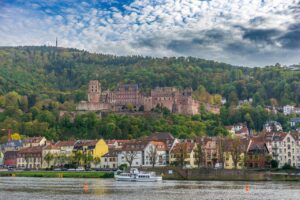
Gernrode
Just 8 kilometers away is the picturesque town of Gernrode, with Germany’s oldest church — St. Cyriakus Church, built around 960. A fine specimen of Romanesque architecture from early times.
Hexentanzplatz (Witches’ Dance Floor)
This mountain plateau near Thale is shrouded in legends. Witches supposedly congregate here each year on Walpurgis Night. Today it is a holiday destination and a favorite with cable car rides, panoramic views, and folklore shows.
Thale and the Bode Valley
Thale is situated in a deep valley with cliffs on all sides. You can take a cable car ride over the Bode Gorge. The view is fabulous, especially in autumn when leaves are golden and red.
Visiting Tips
Following are some simple tips to enhance your journey:
- Best time to visit: Spring and autumn are ideal. Weather is nice, and environment is beautiful. Summer is busy but congested. Winter is peaceful, especially during Christmas market.
- Availability: Quedlinburg can be reached by train from Magdeburg or by automobile via the A36 highway.
- Getting there and around: The town is small. On foot is the best way to explore. Good shoes, though, since the cobblestones are uneven.
- Where to stay: Stay in a guesthouse within the old town to get the ambience. Some hotels are in restored half-timbered buildings.
- Local crafts: Buy wooden carvings, ceramics, or handmade candles as gifts.
A Walk Through Time
Imagine yourself walking to work in the morning. The town is quiet, the sun rising. You climb cobblestone streets to the hill of the castle. Birds singing in the gardens, church bells ringing somewhere in the distance. At the crest of the hill, you are gazing toward the Church of St. Servatius. The view is expansive and peaceful. You can see the roofs, the river, and the far hills of the Harz. Later, you walk down into the old town. Shops are opening. Bakers fill the window with fresh bread. Children laugh as they head off to school. You walk to the Market Square, then a museum. Both reveal another aspect of history. You sense connected — not just as a traveler but as part of a story that began over a thousand years ago. As evening falls, gently illuminating timber-framed walls. The town lies quiet once again, as it did ages ago.
Preservation and UNESCO Recognition
The UNESCO World Heritage designation safeguards Quedlinburg for the future. Restoration efforts ensure that old buildings stay intact and authentic. Locals are intensely proud of their town. They stick to strict rules to preserve its historic character. New buildings are built carefully to complement the old. Quedlinburg proves that a town can grow without losing its character. It blends history and modern life beautifully.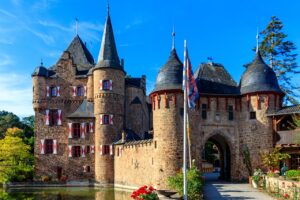
Why You Should Visit
There are numerous reasons you should visit the Castle and Old Town of Quedlinburg:
- It houses one of Europe’s finest-preserved medieval settings. It is a treasure trove of royal and religious heritage.
- Architecture is stunning and diverse. The town is peaceful, undisturbed by the pressures of metropolitan life.
- Nature and culture come together — mountains nearby, culture and history nearby. You can come for a day or linger awhile. Whatever it is, Quedlinburg will be an experience to remember.
Conclusion
The Castle and Old Town of Quedlinburg are living legacies. They tell of kings, queens, and craftsmen. They show how people lived once to build, to worship, and to exchange. The castle hill is the remnant of religion and power. The old town spreads like a multi-colored carpet at its feet, bustling and quaint. Together, they present an impeccable picture of medieval Europe. Surrounding delights — from Wernigerode to the Harz Mountains — complete the trip. If you enjoy history, architecture, or peaceful promenades, Quedlinburg’s your place. Quedlinburg is living through a history book page made of stone and wood. Unlike in a book, though, here you’re able to touch the walls, hear the bells, and smell the hills’ breeze. It is not just a place to see — it is a place to live. A place where time stands still, yet life continues, but in a tranquil manner.

